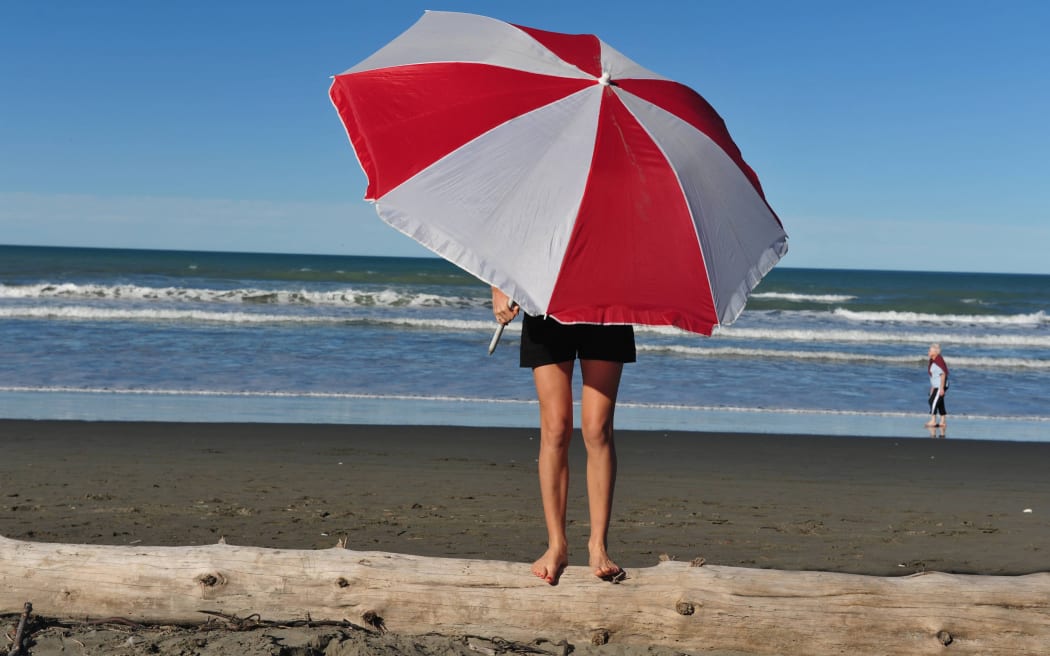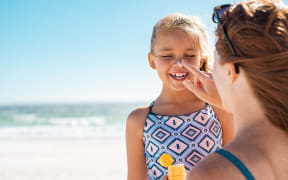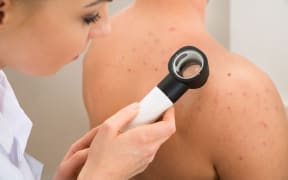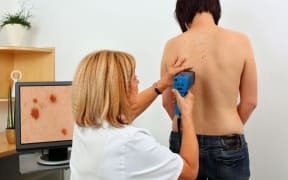
The Cancer Society advises people to cover up and apply sunscreen of at least SPF 30 every two hours. Photo: rafaelbenari/123RF
Experts are warning people to be extra cautious in the sun this summer, with UV radiation levels already averaging higher than last year.
NIWA data shows UV index levels between noon and 1pm in Auckland have been 5 percent higher on average, and up to 10 percent higher over the past month.
A UV index level of three is enough to cause skin damage. For comparison, UV 8 is rare in the UK, even in the height of summer.
UV radiation is produced by the sun, and exposure can cause sunburn, premature aging and increase the risk of skin cancer.
NIWA meteorologist Dr Richard Turner said the high UV levels in New Zealand were probably due to a slight depletion of the ozone layer over the past few months, possibly worsened by the Tongan volcanic eruption.
"Our atmosphere shields us from a lot of the sun's radiation because of the thin ozone layer in our stratosphere, which absorbs most of the UV," he said.
UV levels are predicted to reach between 6 and 7 in the south, 7 to 8 in central New Zealand and between 8 and 9 in the north over the Labour weekend.
The ozone layer naturally breaks down and restores, but it has become thinner over time. It is particularly prominent over Antarctica, where a large hole forms in the spring with the effects felt in New Zealand in summer.
The most common cause is manufactured chemicals such as CFCs, which were phased out in the 1990s but linger in our atmosphere for decades.
Some scientists think January's eruption of the underwater Tongan vocano could be factor in this latest decline.
Research suggested the Tongan volcano injected so much water into the stratosphere, it may have created a temporary loss of ozone. Luckily, the effect would be reversible, NIWA said, as the water would be naturally removed from the stratosphere in a few years.
Cancer Society spokesperson Hazel Potterton said that until then, it was of particular concern in New Zealand due to the ozone layer over the country already being some of the thinnest in the world.
"New Zealand often ranks highest in the world for skin cancer rates," she said. "Even on cloudy days, you can burn within minutes, and people are often caught out at this time of year."
People should cover up and apply sunscreen of at least SPF 30 every two hours.
NIWA provides the Cancer Society of New Zealand with daily UV level forecasts, which can be accessed via the free UVNZ app.






